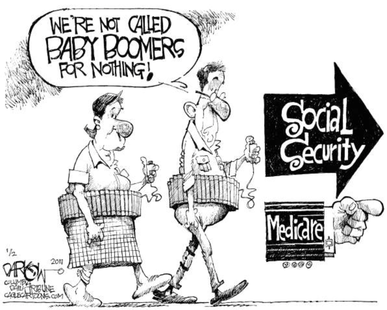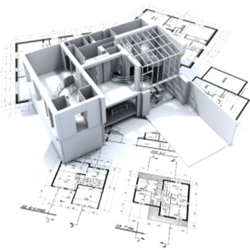
Boomers, those born between 1946 and 1964, have been active thru their lives, have had achieved higher levels of education, experienced the benefits of better health care and have generally seen more personal income than prior generations giving them certain freedoms.
Yet when you chat with them about creating homes that support their continued independence, they don't think it applies to them. So when does it apply? Boomers sure are a hard nut to crack so sometimes you have to think about different ways to communicate the values and benefits of staying in place.
Perhaps it is time to consider different kinds of options.
And boomers sure do like to have options.
In this article from Forbes Magazine, the author provides a look at different community models that just may be the key to acceptance. Take a look.
"If 90% of adults over 65 want to remain in their homes as long as possible, as a 2011 AARP study suggests, why do so many wind up in retirement communities, assisted living facilities and nursing homes?"
"This was the key question at the National Aging In Place Council’s (NAIPC) annual meeting held this week in Washington, D.C."
"Meeting the needs of millions of individuals with different incomes, a range of health conditions and diverse living situations is a complex puzzle with no one-size-fits-all solution. But as NAIPC pointed out in the white paper prepared for the meeting, finding innovative ways to keep older adults in their homes longer would provide huge social and financial benefits to individuals and society as a whole."
To read the entire article, CLICK HERE



 RSS Feed
RSS Feed